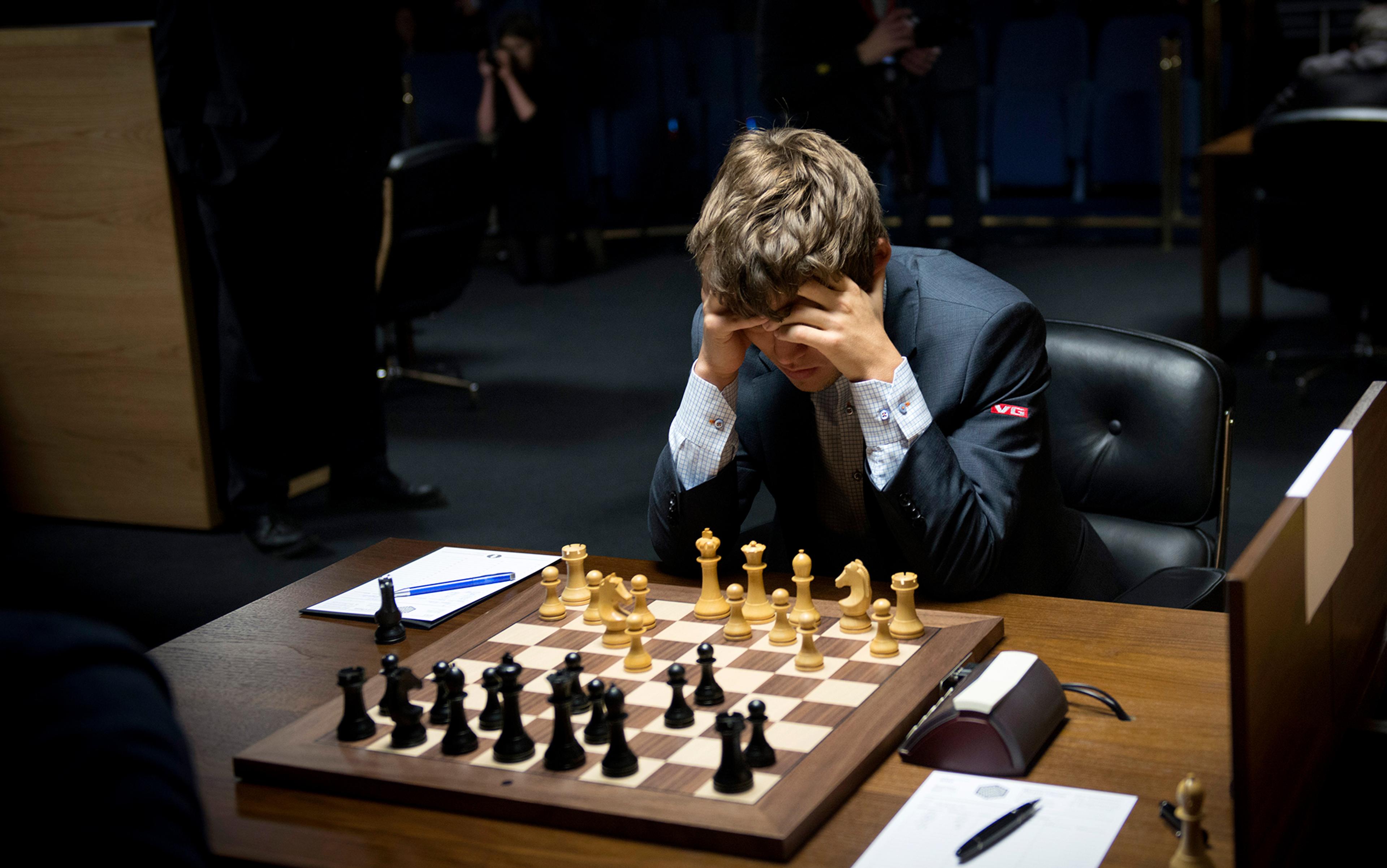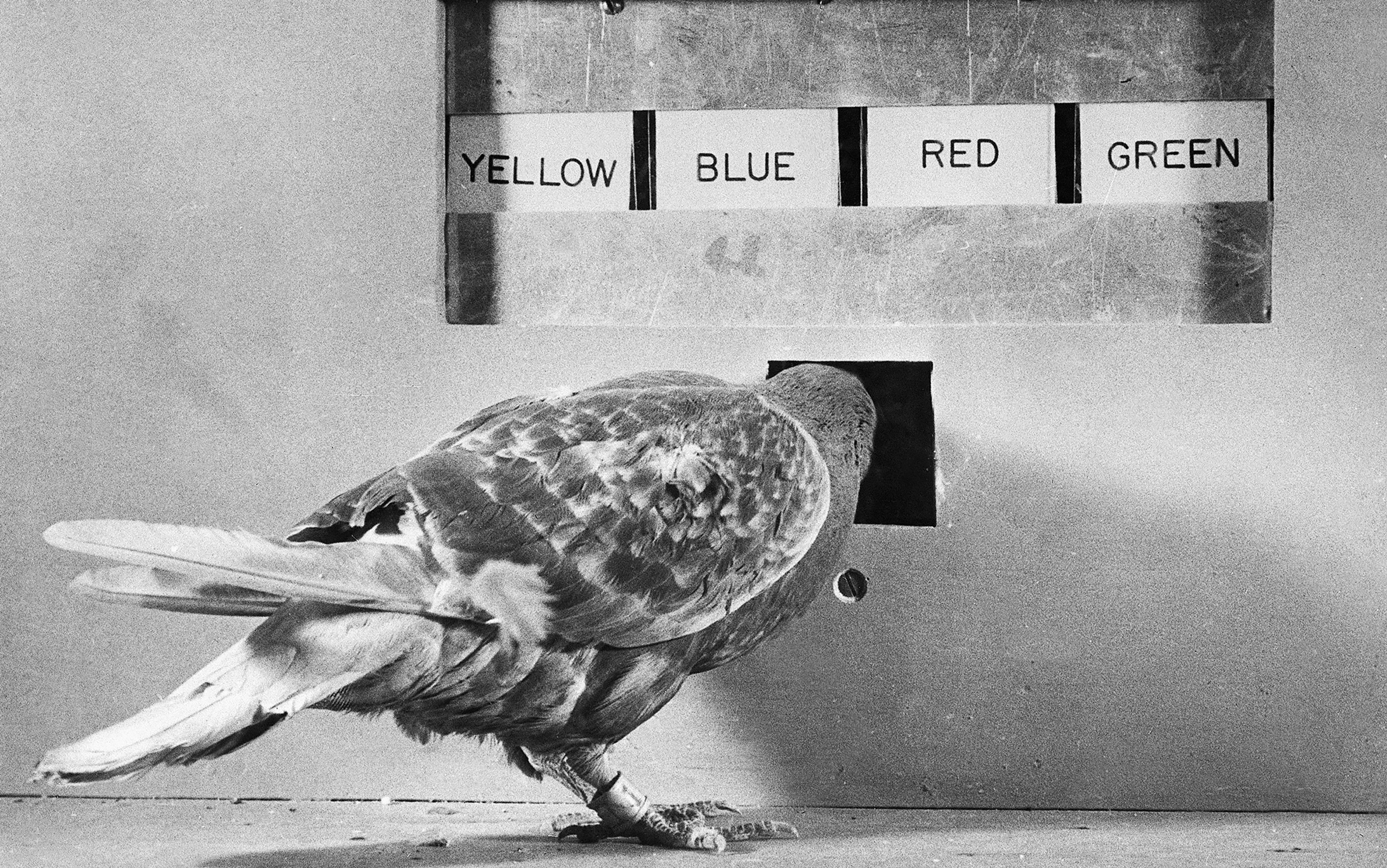The rise of the internet and the widespread availability of digital technology has surrounded us with endless sources of distraction: texts, emails and Instagrams from friends, streaming music and videos, ever-changing stock quotes, news and more news. To get our work done, we could try to turn off the digital stream, but that’s difficult to do when we’re plagued by FOMO, the modern fear of missing out. Some people think that our willpower is so weak because our brains have been damaged by digital noise. But blaming technology for the rise in inattention is misplaced. History shows that the disquiet is fuelled not by the next new thing but by the threat this thing – whatever it might be – poses to the moral authority of the day.
The first time inattention emerged as a social threat was in 18th-century Europe, during the Enlightenment, just as logic and science were pushing against religion and myth. The Oxford English Dictionary cites a 1710 entry from Tatler as its first reference to this word, coupling inattention with indolence; both are represented as moral vices of serious public concern.
Philosophers and moralists at the forefront of cultural construction characterised the ‘habit of inattention’ as not simply a stand-alone moral failing but the source of other vices. In An Essay on Truth (1770), the Scottish moral philosopher James Beattie, who gained a reputation for voicing the moral anxieties of his epoch, located inattention as the source of the ‘criminal habits’ that ‘debase the moral faculty’. He asserted that ‘we have contracted many evil habits, which, with proper attention, we might have avoided’. Beattie associated inattention with ‘unkindness and dissatisfaction’ and warned that if this vice was allowed to flourish, social order would be undermined.
In England, 18th-century literary commentators such as Richard Steele, a founder of The Guardian, and the essayist and moralist Samuel Johnson regarded inattention as a symptom of an ‘undetermined manner of thinking’. They offered advice on ways to counter ‘that hurry of mind’ to ‘which some busy spirits are subjected’.
One of the most widely cited 18th-century sources of advice on the problem of inattention was The Elements of a Polite Education: Carefully Selected from the Letters of the Late Honourable Philip Dormer Stanhope, Earl of Chesterfield, to his Son (1774). ‘I know no one thing more offensive to a company, than inattention and distraction,’ Chesterfield wrote in March 1746. In a letter written in January 1752, he equated inattention with a ‘laziness of mind’ and claimed that both were ‘enemies to knowledge’. The unifying theme of Chesterfield’s thoughts on this vice was that the failure to pay attention corroded social hierarchy and the moral order.
In fact, the culture of the Enlightenment celebrated attention as the most important mental faculty for the exercise of reason. The historian Michael Hagner argued in ‘Toward a History of Attention in Culture and Science’ (2003) that, by the end of the 18th century, ‘attention became more than a proper metaphor for enlightened ambitions’. It was also perceived as the medium of education as well as of spiritual and moral development.
The French philosopher Claude Adrien Helvétius regarded attention as an important source of enlightenment. In De l’esprit, or, Essays on the Mind, and its Several Faculties (1758), he associated ‘continued attention’ with ‘superior intellects’. However, unlike most other admirers of attention, this radical atheist thinker was critical of society’s tendency to condemn inattention as a moral vice. ‘Of what importance is it to be incessantly representing their inattention as a crime?’ he asked, before rejecting this ritual of moral control.
Those who suffer this debilitating condition have a particular name for the state of their feelings: ‘they have the fidgets’
Attention was promoted as a moral accomplishment that was essential to the cultivation of a sound character. The philosopher Thomas Reid, the foremost exponent of 18th-century Scottish ‘common sense’, argued in his Essays on the Active Powers of the Human Mind (1788) that ‘there are moral rules respecting the attention’ which are ‘no less evident than mathematical axioms’. The moral rules of attention required cultivation and training and it was the job of educators to ensure that the young were protected from acquiring the ‘habits of inattention’. Inattention was increasingly perceived as an obstacle to the socialisation of young people.
Countering the habit of inattention among children and young people became the central concern of pedagogy in the 18th century. Educators have always been preoccupied with gaining children’s attention but in the 18th century this concern acquired an unprecedented importance. Attention was seen as important for the nourishment of the reasoning mind as well as for spiritual and moral development. Advice books directed at parents, such as Maria Edgeworth’s Practical Education (1798), insisted that the cultivation of concentration and attention required effort and skill.
Amid celebration of attention as a virtue, educators, religious commentators and medical professionals constantly expressed fears about the moral harms of inattention. From the later 18th century onwards, anxieties about the ‘habit of inattention’ were increasingly represented as a moral disease. In his medical textbook of 1775, the German physician Melchior Adam Weikard diagnosed the condition of what he termed ‘lack of attention’ (Attentio Volubilis or Mangel der Aufmerksamkeit). His description continually shifted between medical and moral deficits. According to Weikard, inattentive people lacked the stability and moral fibre necessary for concentration. They were ‘characterised as unwary, careless, flighty and bacchanal’. They were portrayed as relatively immature, reckless and unreliable.
Weikard believed that poor childrearing practices were a source of the disease of inattention and that the condition was more common among the young than among older people. To cure the inattentive mind, he offered an 18th-century variant of character-training. He prescribed sour milk, steel powder and horseback riding.
The first text dealing with the disease of inattention in the English language was Alexander Crichton’s An Inquiry into the Nature and Origin of Mental Derangement (1798). Crichton saw the disorder of inattention as ‘belonging to the domain of medicine’ but one that was influenced by social and cultural factors. He claimed that attention could be adversely affected by poor education, lack of motivation and family influences. Both habitual inattention as well as the extreme overuse of attention could weaken the capacity to concentrate to the point that it became a medical illness. Crichton asserted that those who suffered attention deficit were agitated by an ‘unnatural degree of mental restlessness’. He wrote that those who suffer this debilitating condition have a ‘particular name for the state of their… feelings’; they ‘say they have the fidgets’.
During the 19th century, the state of inattention became thoroughly moralised. Inattentiveness was perceived as a threat to industrial progress, scientific advance and prosperity. The Scottish political economist William Playfair summed up the prevailing consensus on this subject when he said that:
The degradation of moral character; the loss of attention to the first principles to which a society owes its prosperity and safety, both of which accompany wealth, are most powerful agents in the decline of nations.
Playfair even claimed that that in France ‘the inattention of the nobility to their duty was one cause of the revolution’.
By the end of the 19th century, inattention served as a marker for racial degeneration. In his fin-de-siècle classic Degeneration (1895), the social critic Max Nordau warned that ‘Untended and unrestrained by attention, the brain activity of the degenerate and hysterical is capricious, and without aim or purpose.’
In fact, until the 1970s, when the legitimate medical diagnosis of attention deficit disorder, or ADD, entered the mainstream vernacular and was used to understand a sub-group with a real disability, the widespread social condition of inattention tended to be represented principally as one of defective moral control. George Still’s pioneering lectures on ‘Some Abnormal Psychical Conditions in Children’ (1902) focused on such negative traits as ‘spitefulness-cruelty, jealousy, lawlessness, dishonesty, wanton mischievousness-destructiveness, shamelessness-immodesty, sexual immorality, and viciousness’. The hold of this sentiment has never gone away. Indeed, it underpins Maggie Jackson’s Distracted: The Erosion of Attention and the Coming Dark Age (2008) with its claims that attention ‘tames our inner beast’ and is ‘integral to developing a conscience’.
The recent decades have seen a dramatic reversal in the conceptualisation of inattention. Unlike in the 18th century when it was perceived as abnormal, today inattention is often presented as the normal state. The current era is frequently characterised as the Age of Distraction, and inattention is no longer depicted as a condition that afflicts a few. Nowadays, the erosion of humanity’s capacity for attention is portrayed as an existential problem, linked with the allegedly corrosive effects of digitally driven streams of information relentlessly flowing our way. ‘The net seizes our attention only to scatter it,’ contends Nicholas Carr in The Shallows: How the Internet is Changing the Way We Read, Think and Remember (2010). According to the US neuroscientist Daniel Levitin, the distractions of the modern world can literally damage our brains.
Yet the moral concerns that have always underpinned society’s preoccupation with inattention still lurk in the background. As the US literary critic Sven Birkerts recently acknowledged: ‘What I do know is that the words attention and moral came together for me with an electric immediacy.’
To any historian, this makes sense. Throughout its history, inattention has served as a sublimated focus for apprehensions about moral authority. That it was discovered in the 18th century is not surprising. The intellectual temper of the Age of Reason rejected the sacred truths of tradition and insisted that arguments should be based on evidence and reason.
Helvétius fervently believed that everyone had the potential to acquire ‘continued attention’ and ‘triumph over indolence’
As teachers throughout history know, gaining the attention of young people is always a challenge. But once moral authority over the young became subject to a tug-of-war, the question of who would gain their attention became a pressing matter. That is one reason why moral philosophers were drawn to the problem of inattention. This was a point recognised by John Dewey in ‘The Psychology of Effort’ (1897), in which he noted that we become aware of attention when society is faced with competing claims for it.
So although inattention is represented as the polar opposite of attention, it is more useful to perceive the issue of distraction as a concern about people not attending to what is represented as the legitimate focus of attention. It also expresses the fear that the inattentive might be paying far too much attention to the wrong texts and cultural practices. This point is recognised by Sherry Turkle of the Massachusetts Institute of Technology who studies the human relationship to the world online. There is a lot ‘at stake in attention’, she wrote in Reclaiming Conversation: The Power of Talk in the Digital Age (2015), because ‘where we put it’ is ‘how we show what we value’.
The perception of an Age of Distraction is related to our uncertainty about the answer to the question of ‘attention to what or to whom’. The sublimation of anxieties about moral authority through the fetish of technologically driven distraction has acquired pathological proportions in relation to children and young people. Yet as most sensible observers understand, children who are inattentive to their teachers are often obsessively attentive to the text messages that they receive. The constant lament about inattentive youth in the Anglo-American world could be interpreted as a symptom of problems related to the exercise of adult authority.
Often the failure to inspire and capture the imagination of young people is blamed on their inattentive state of minds. Too often educators have responded to this condition by adopting a fatalistic approach of accommodating to the supposed inattentive reading practices of digital natives. This pattern is evident in higher education where the assumption that college students can no longer be expected to read long and challenging texts or pay attention to serious lectures has led to the adaptation of course material to the inattentive mentality of the digital native. Calls to change the educational environment to ‘fit the student’ have become widespread in higher education.
How different from the reaction of moral philosophers such as Dugald Stewart, also concerned with the problem of the inattentive student. Author of Outlines of Moral Philosophy: For the Use of Students in the University of Edinburgh (1793), Stewart believed that the problem of inattention could be overcome through moral education. Unlike some contemporary academics, he regarded the ‘early habit of inattention’ a problem to be solved rather than an unalterable fact of existence. Helvétius fervently believed that everyone had the potential to acquire ‘continued attention’ and ‘triumph over indolence’.
Regrettably, the optimism of Helvétius has given way to a mood of resignation. Attention is still seen as desirable but almost impossible to achieve. As one such alarmist account warns (see earlier), ‘an epidemic erosion of attention is a sure sign of an impending dark age’. Helvétius would have been distressed by the fatalism expressed in this lament.






